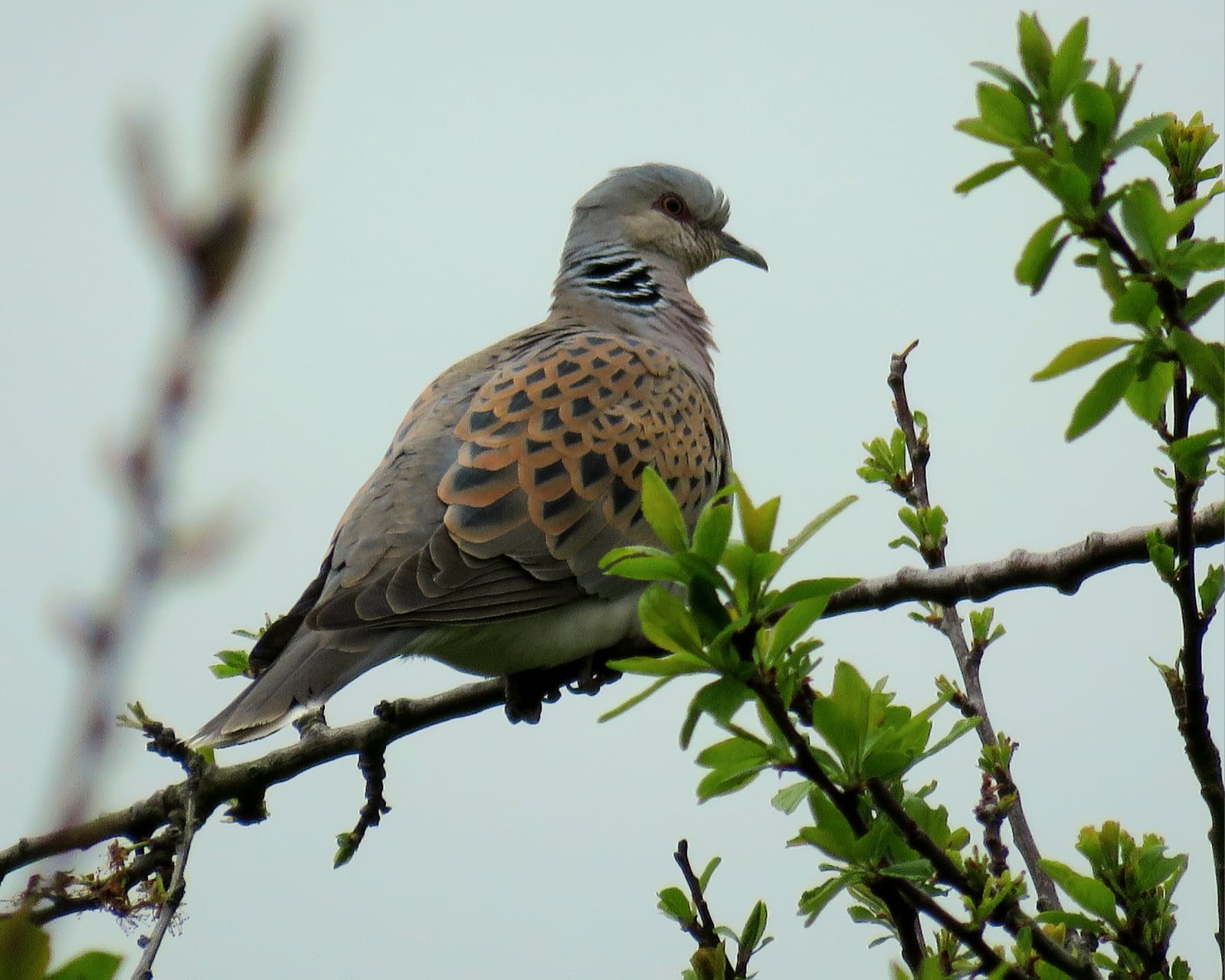
Friday 17 October 2025
-
Gibbins Brook, near Sellindge, had a period of about 15 years where habitat management and grazing didn’t happen. Unfortunately, this meant that much of the rare bog habitat here has suffered from environmental degradation due to the encroachment of birch and willow.
Birch and willow are coloniser species; fast growing and among the first tree species to arrive or spread into a new area. This means they can quickly take over.
Although having more trees may sound like a good thing, the picture, as usual, is a little more complex!
Gibbins Brook is a peat bog, one of the rarest habitats in the UK. Peat bogs are incredibly important for a variety of reasons: they support rare flora and fauna; act as a sponge to absorb rainwater, slowing down flows, and preventing floods further down the water course; and they act as a carbon sink, storing more carbon than woodland per hectare!
The work we’ve been doing over the past few years mostly involves removing these young trees, either by coppicing, or completely removing them. The latter involves using a winch to pull the roots of the tree out of the ground, preventing it from regrowing. A hollow in the ground is left behind which quite literally fills with water before your eyes.
These pools of water are an incredibly valuable habitat, within seconds you will see hoverflies resting on the water's edge laying eggs in the wet soil which will eventually hatch into rat-tailed larvae – natural decomposers that feed on leaf litter in the water, the “rat tail” is a snorkel used for breathing!
Dragonflies, diving beetles, spiders, toads and grass snakes are just some of the animals we’ve seen making use of these pools at Gibbins Brook. Plants such as cotton grass and orange foxtail have also made a comeback after not being recorded here for over 15 years!
This year, we’ve even seen the return of turtle doves to Gibbins Brook. Like most birds, turtle doves like to have some water to bath and drink from, but due to their very dry diet of grain and seeds, water, especially shallow pools, seem to be one of the three most important requirements for them. The others requirements they need are areas of short vegetation and bare ground for foraging, and thickets of dense scrub and woodland for nesting.
With the ongoing bracken clearance, coppicing, bog restoration, and scrub fortifying WCCP staff and volunteers do, we hope that the habitat becomes even more favourable for turtle doves in the future.
-
Brad Foster
Senior ranger
